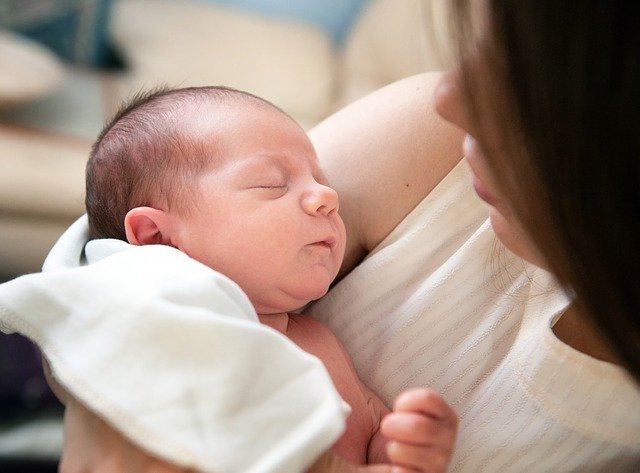A magazine where the digital world meets the real world.
On the web
- Home
- Browse by date
- Browse by topic
- Enter the maze
- Follow our blog
- Follow us on Twitter
- Resources for teachers
- Subscribe
In print
What is cs4fn?
- About us
- Contact us
- Partners
- Privacy and cookies
- Copyright and contributions
- Links to other fun sites
- Complete our questionnaire, give us feedback
Search:
Diagnose? Delay delivery? Decisions, decisions
Decisions about diabetes in pregnancy
by Jo Brodie, Queen Mary University of London

In the film Minority Report, a team of psychics - who can see into the future - predict who might cause harm, allowing the police to intervene before the harm happens. It is science fiction. But smart technology is able to see into the future. It may be able to warn months in advance when a mother’s body might be about to harm her unborn baby and so allow the harm to be prevented before it even happens.
Gestational diabetes (or GDM) is a type of diabetes that appears only during pregnancy. Once the baby is born it usually disappears. Although it doesn’t tend to produce many symptoms it can increase the risk of complications in pregnancy so pregnant women are tested for it to avoid problems. Women who've had GDM are also at greater risk of developing Type 2 diabetes later on, joining an estimated 4 million people who have the condition in the UK.
Diabetes happens either when someone's pancreas is unable to produce enough of a chemical called insulin, or because the body stops responding to the insulin that is produced. We need insulin to help us make use of glucose: a kind of sugar in our food that gives us energy. In Type 1 diabetes (commonly diagnosed in young people) the pancreas pretty much stops producing any insulin. In Type 2 diabetes (more commonly diagnosed in older people) the problem isn't so much the pancreas (in fact in many cases it produces even more insulin), it's that the person has become resistant to insulin. The result from either 'not enough insulin' or 'plenty of insulin but can't use it properly' is that glucose isn't able to get into our cells to fuel them. It’s a bit like being unable to open the fuel cap on a car, so the driver can't fill it with petrol. This means higher levels of glucose circulate in the bloodstream and, unfortunately, high glucose can cause lots of damage to blood vessels.
During a normal pregnancy, women often become a little more insulin-resistant than usual anyway. This is an effect of pregnancy hormones from the placenta. From the point of view of the developing foetus, which is sharing a blood supply with mum, this is mostly good news as the blood arriving in the placenta is full of glucose to help the baby grow. That sounds great but if the woman becomes too insulin-resistant and there's too much glucose in her blood it can lead to accelerated growth (a very large baby) and increase the risk of complications during pregnancy and at birth. Not great for mum or baby. Doctors regularly monitor the blood glucose levels in a GDM pregnancy to keep both mother and baby in good health. Once taught, anyone can measure their own blood glucose levels using a finger-prick test and people with diabetes do this several times a day.
In-depth screening of every pregnant woman, to see if she has, or is at risk of, GDM costs money and is time-consuming, and most pregnant women will not develop GDM anyway. PAMBAYESIAN researchers at Queen Mary have developed a prototype intelligent decision-making tool, both to help doctors decide who needs further investigation, but also to help the women decide when they need additional support from their healthcare team. This will save money but also be much more flexible than the current arrangement.

The team of computer scientists and maternity experts developed a Bayesian network with information based on expert knowledge about GDM, then trained it on real (anonymised) patient data. They are now evaluating its performance and refining it. There are different decision points throughout a GDM pregnancy. First, does the person have GDM or are they at increased risk (perhaps because of a family history)? If 'yes' then the next decision is how best to care for them and whether or not to begin medical treatment or just give diet and lifestyle support. Later on in the pregnancy the woman and her doctor must consider when it's best for her to deliver her baby, then later she needs ongoing support to prevent her GDM from leading to Type 2 diabetes. Currently in early development work, it's hoped that if given blood glucose readings, the GDM Bayesian network will ultimately be able to take account of the woman's risk factors (like age, ethnicity and previous GDM) that increase her risk. It would use that information to predict how likely she is to develop the condition in this pregnancy, and suggest what should happen next.
Systems like this mean that one day your smartphone may be smart enough to help protect you and your unborn baby from future harm.


